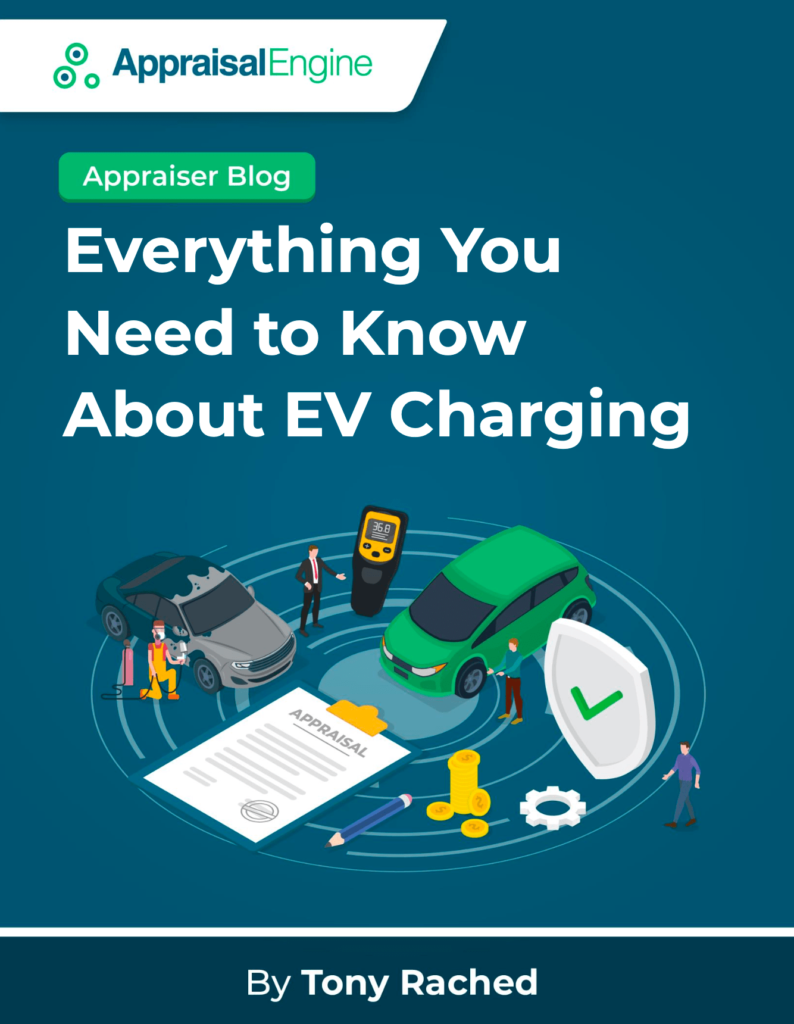Everything You Need to Know About EV Charging (PDF)
An electrical current can be either AC (alternating current) or DC (direct current). A wall outlet generates AC energy, while a battery stores DC energy, so electricity must be converted from AC to DC before reaching the battery of an electric vehicle.
Electric vehicles are charged using AC-type outlets; the onboard charger in the car converts AC power into DC power, which is then fed into the vehicle’s battery through an onboard charger. Most electric vehicle chargers installed today deliver AC power, which means this process occurs automatically every time you plug your vehicle into an AC-type charger.
AC power is converted to DC in DC-type EV chargers before it is delivered to the car. DC-type charging bypasses the need to convert AC to DC inside the vehicle and allows for faster charging speeds. DC chargers are not compatible with all types of electric vehicles.
You can refuel a gasoline-powered car anywhere, but charging an electric vehicle is a bit more complicated. You need an EV charger and a cable to hook up your car.
To understand the booming EV charger market, you need to know these terms and acronyms.
Types of EV Chargers
There are three different types of EV chargers:
Level 1 – These types of chargers use standard 110-volt household outlets, with a reduced charging time. They are considered a solution for older apartment buildings as they allow driving ranges of 30-40 miles on an overnight charge.
Level 2 – These chargers use more powerful outlets, 240 volts. They are commonly found in malls, parking lots, and other public places and can charge an EV in about five hours.
DC Fast Chargers – DCFC chargers are a fast charging option, allowing direct access to DC current in the battery without the need for AC conversion. They use a 480-volt outlet and can fully recharge an electric vehicle in just a few hours. However, they require more installation costs and limitations of both hardware and software can hinder their functionality with some models.
As for labor and material, Tier 2 loaders cost between $2,000 and $5,000 for installation. There are several significant grants available for homes and businesses. On the other hand, DCFCs require a higher initial investment, in excess of US$100,000 per station.
CCS and CHAdeMO
Tesla, SAE Combined Charging System (CCS), and CHAdeMO are three types of fast DC charging systems, each using a different plug. Companies that want to benefit from the $7.5 billion in federal funding are required to adopt the CCS standard.
CCS connectors, also known as SAE J1772 combos in reference to the Society of Automotive Engineers, are used by the vast majority of electric vehicle models entering the market today.

Superchargers and The US Network
Tesla Inc. has been developing and deploying its own high-speed vehicle chargers called “Superchargers,” which add 322 miles (518 km) of range in 15 minutes.
In the United States, Tesla has 17,740 fast charging ports, accounting for 62% of all DC fast charging ports, according to the U.S. Department of Energy (DOE).
Currently, the United States has 50,821 public EV charging stations and 130,563 charging ports, according to DOE data, with most being Level 2.
California accounts for nearly 30% of all charging stations in the country, which is an extremely uneven distribution.





